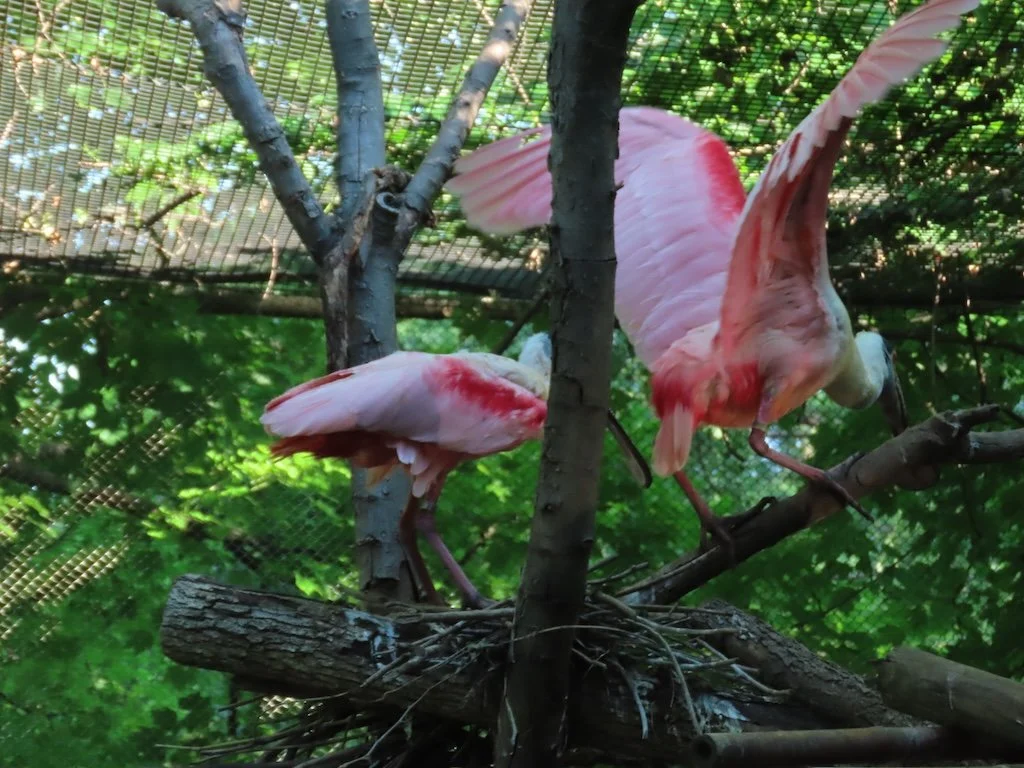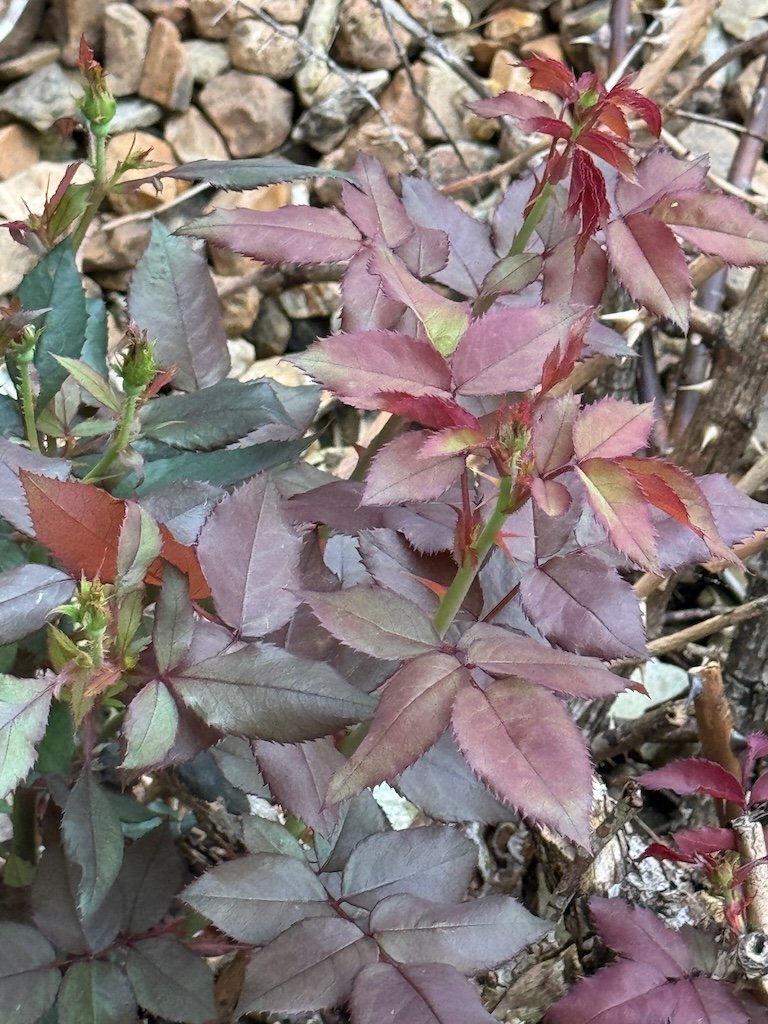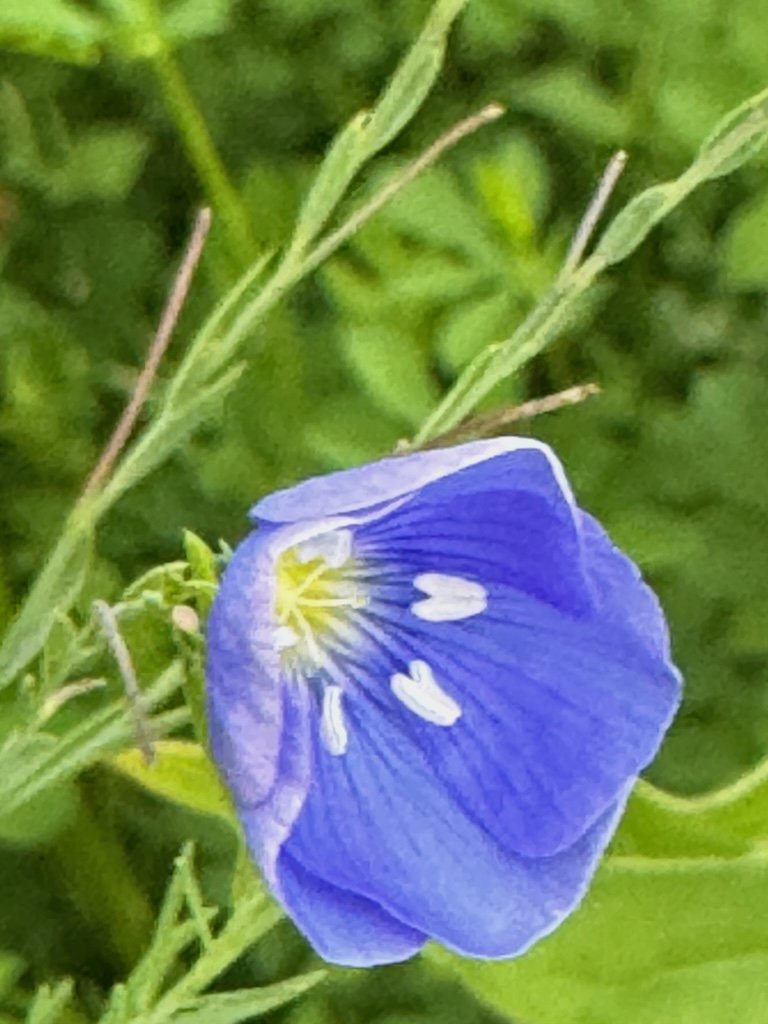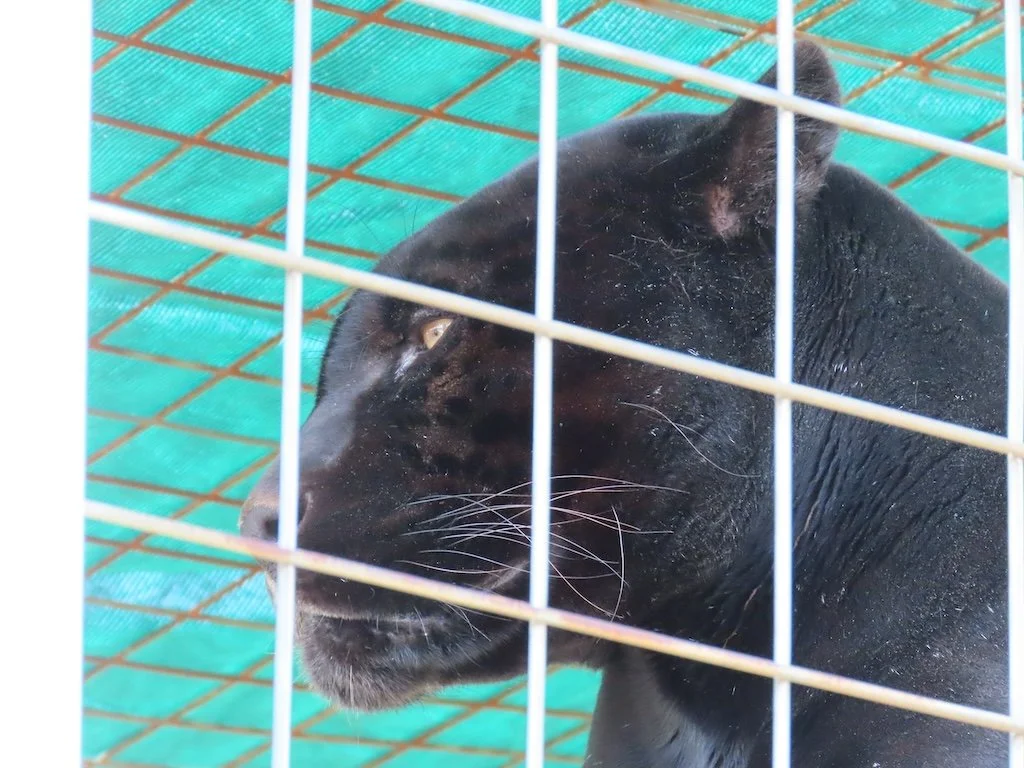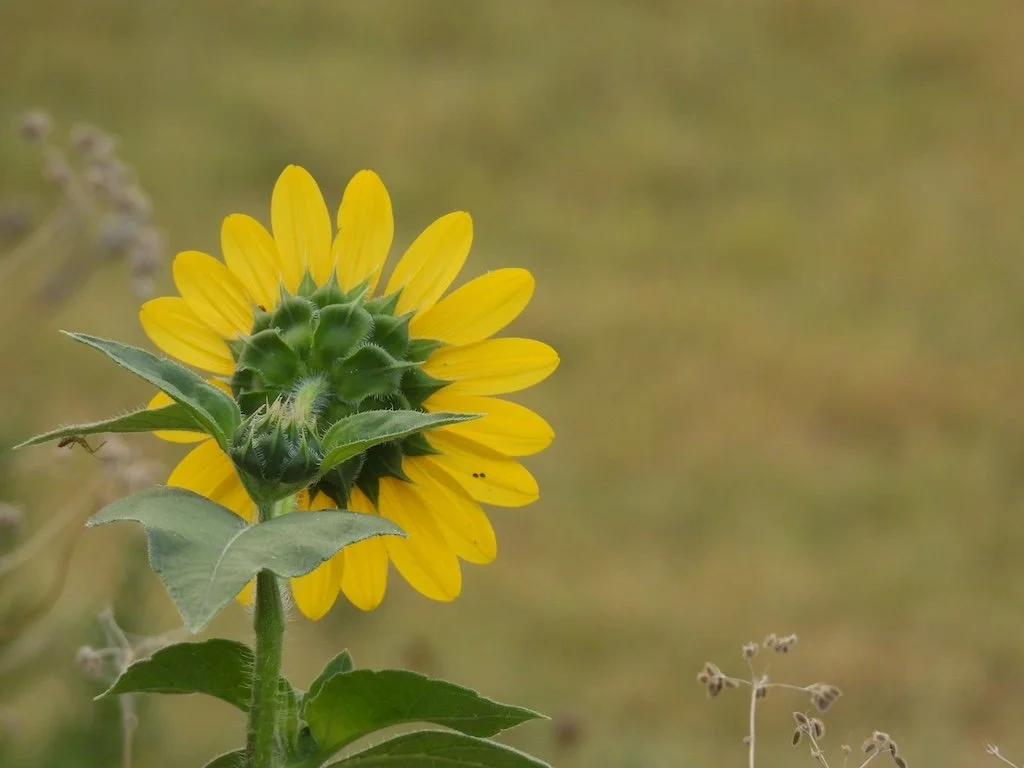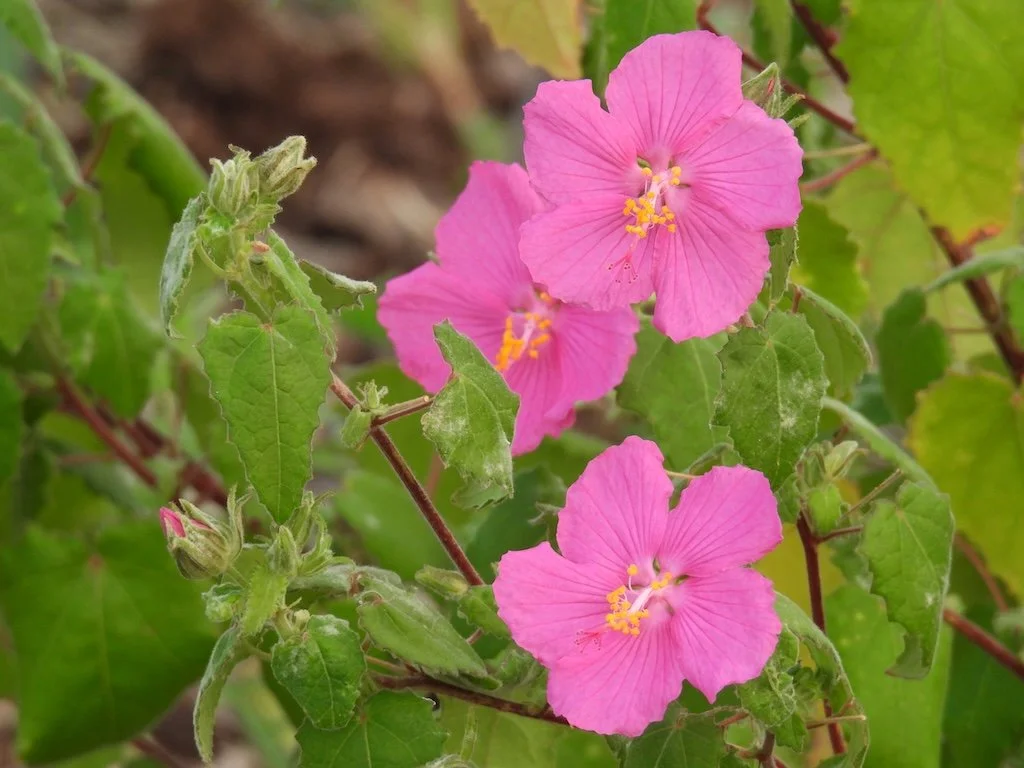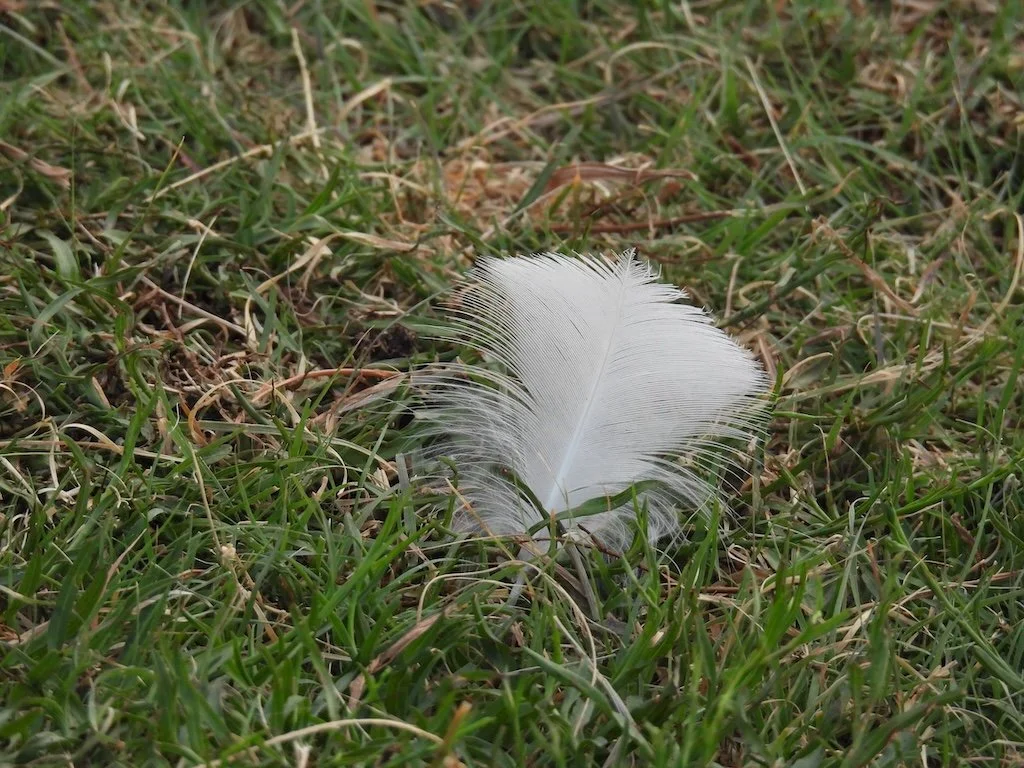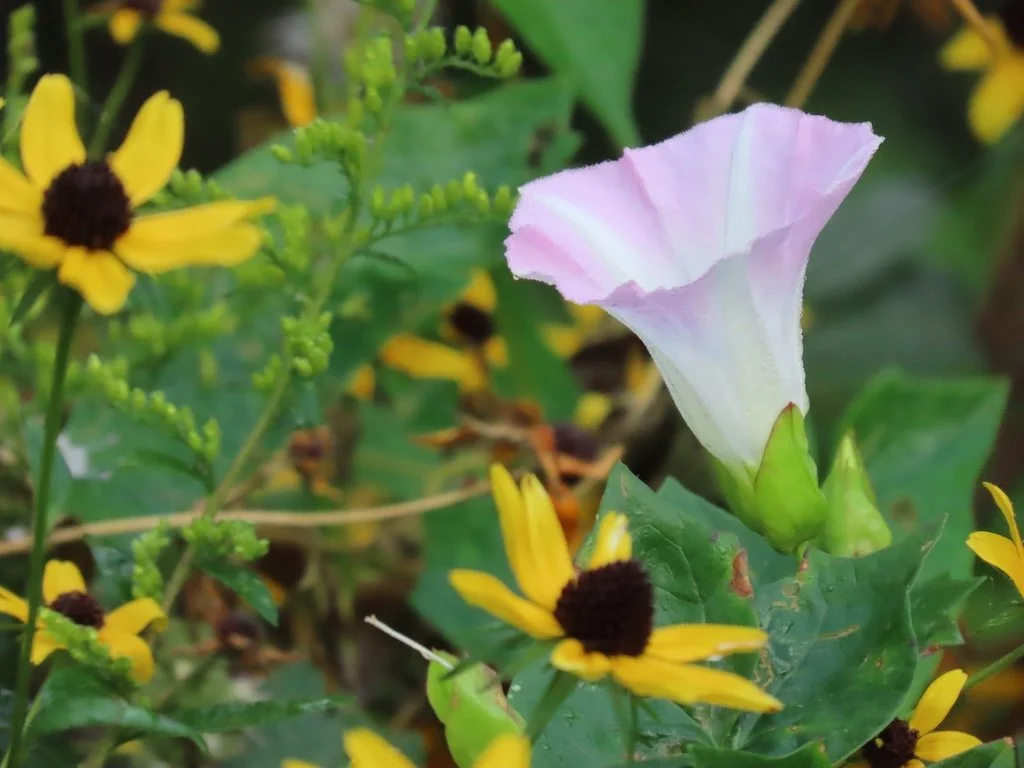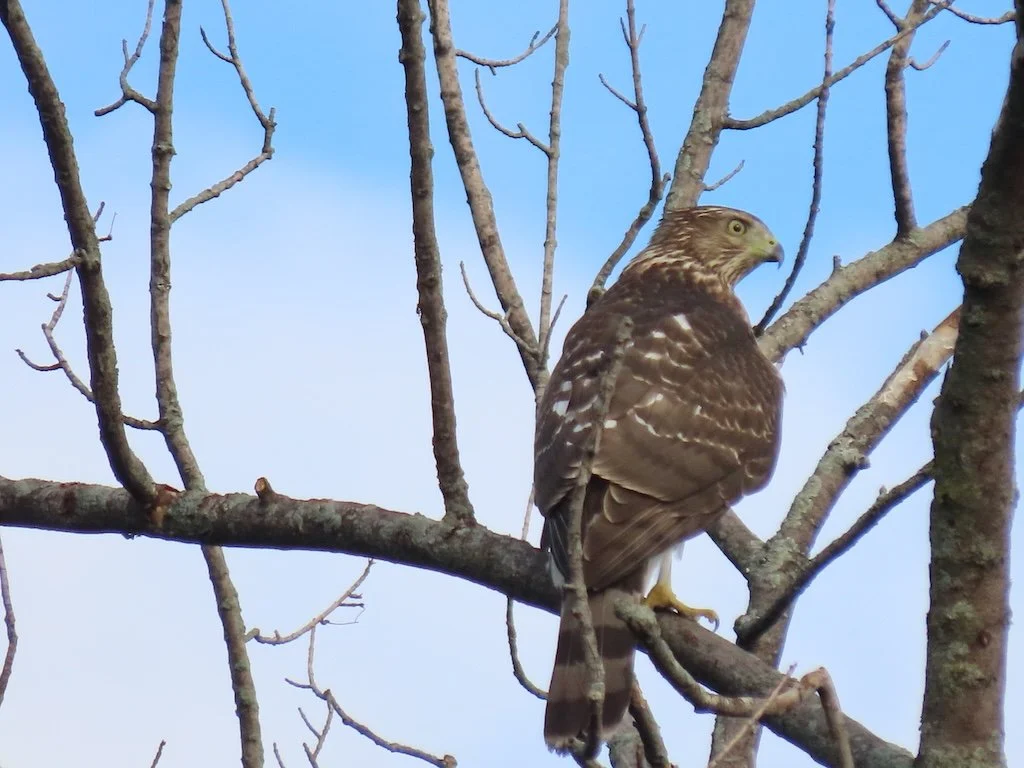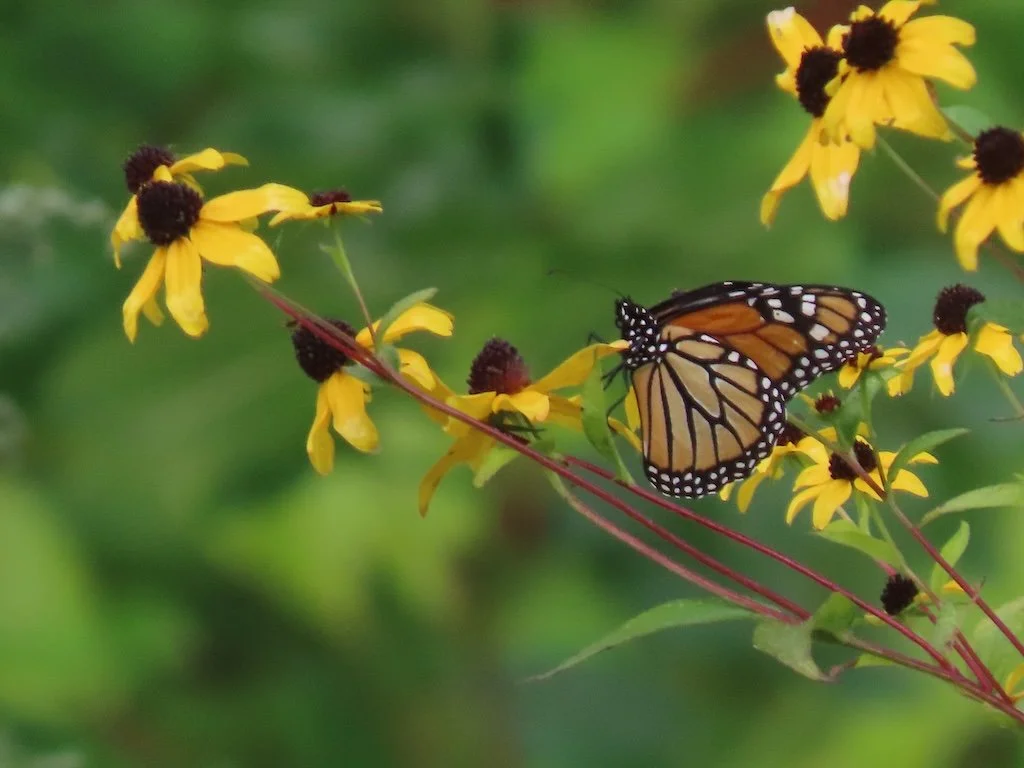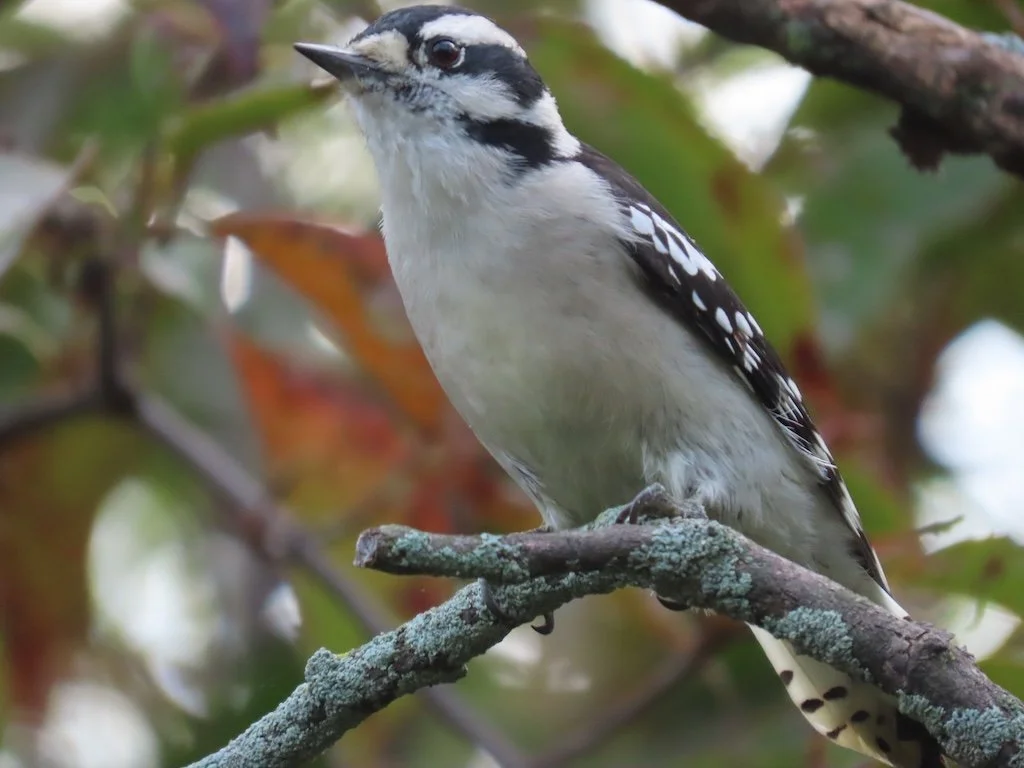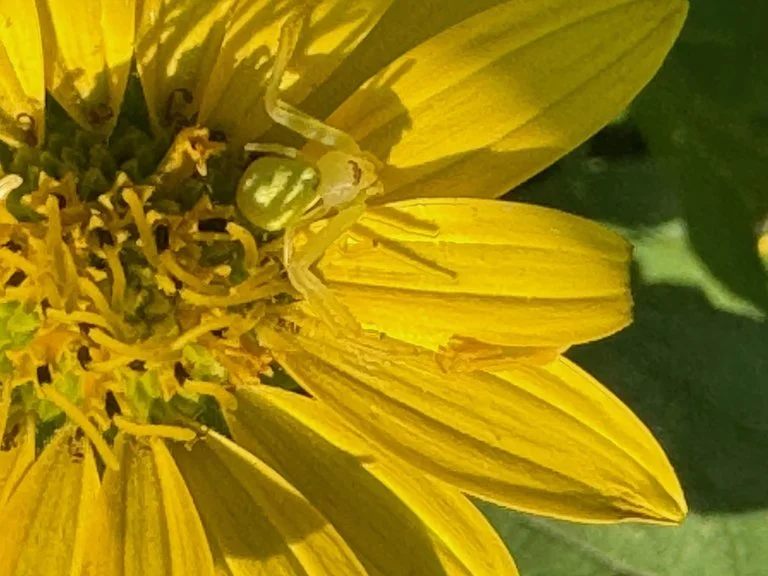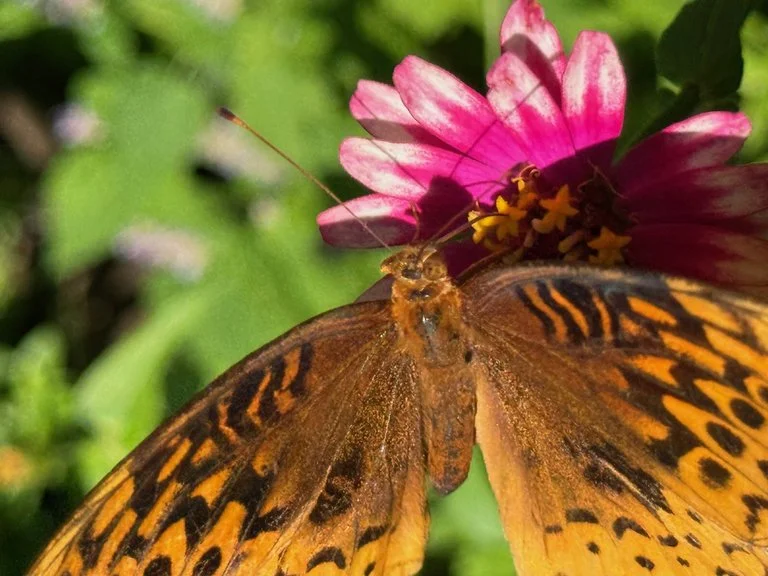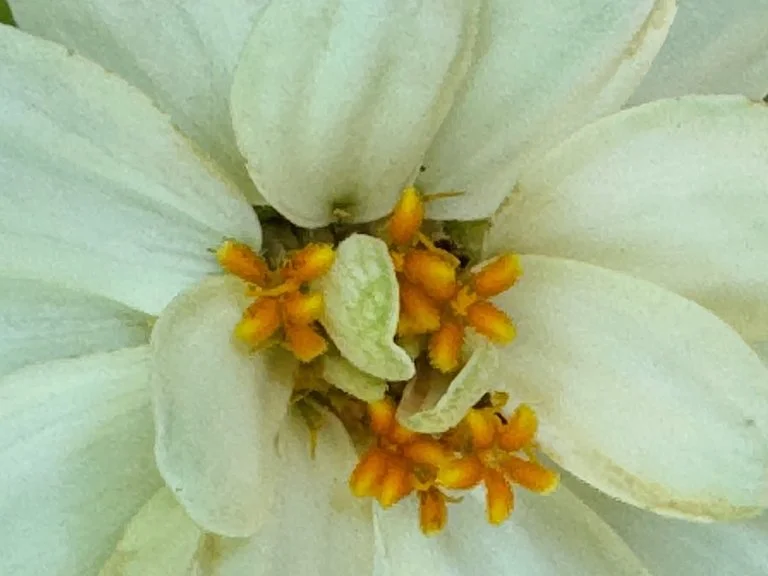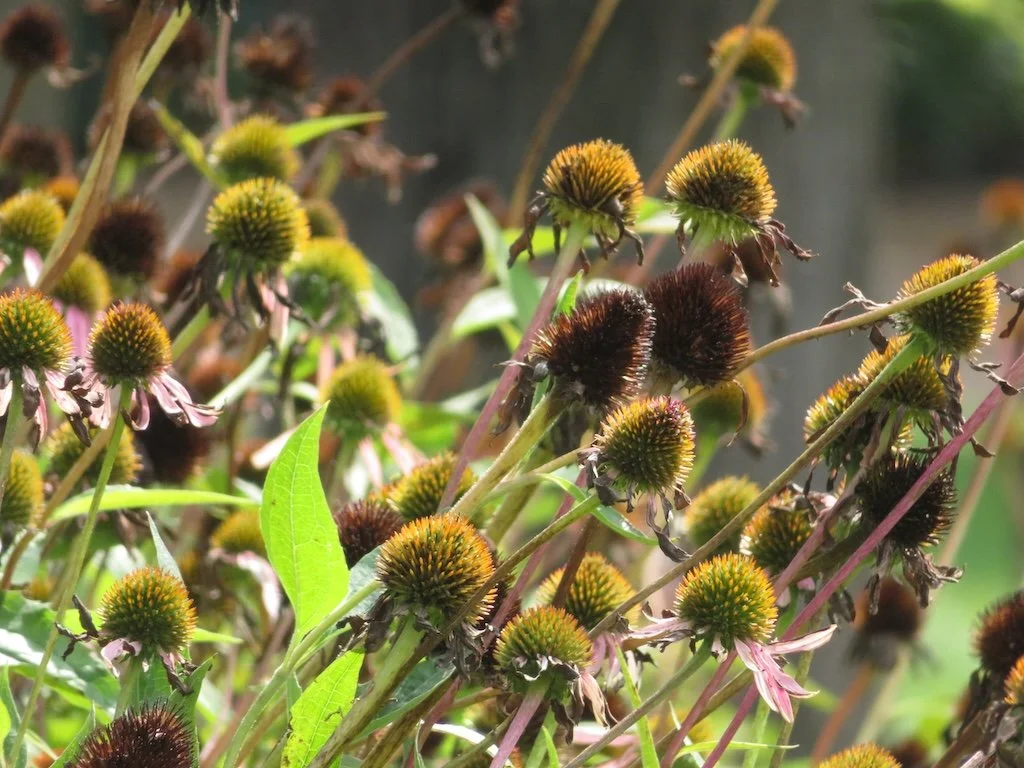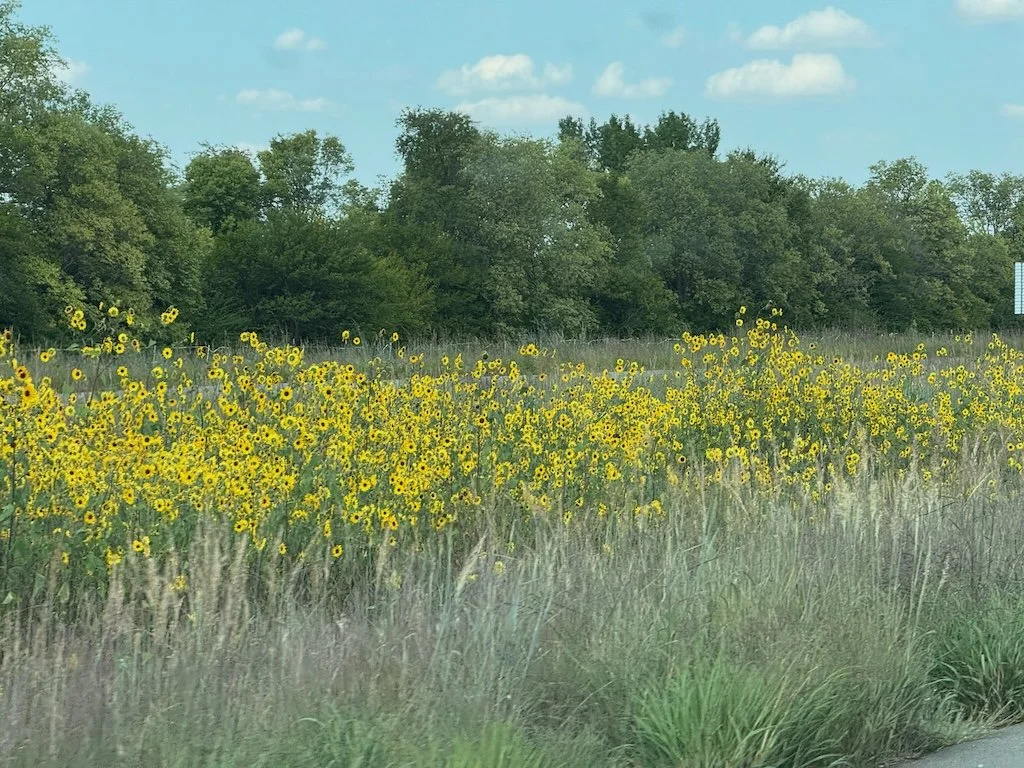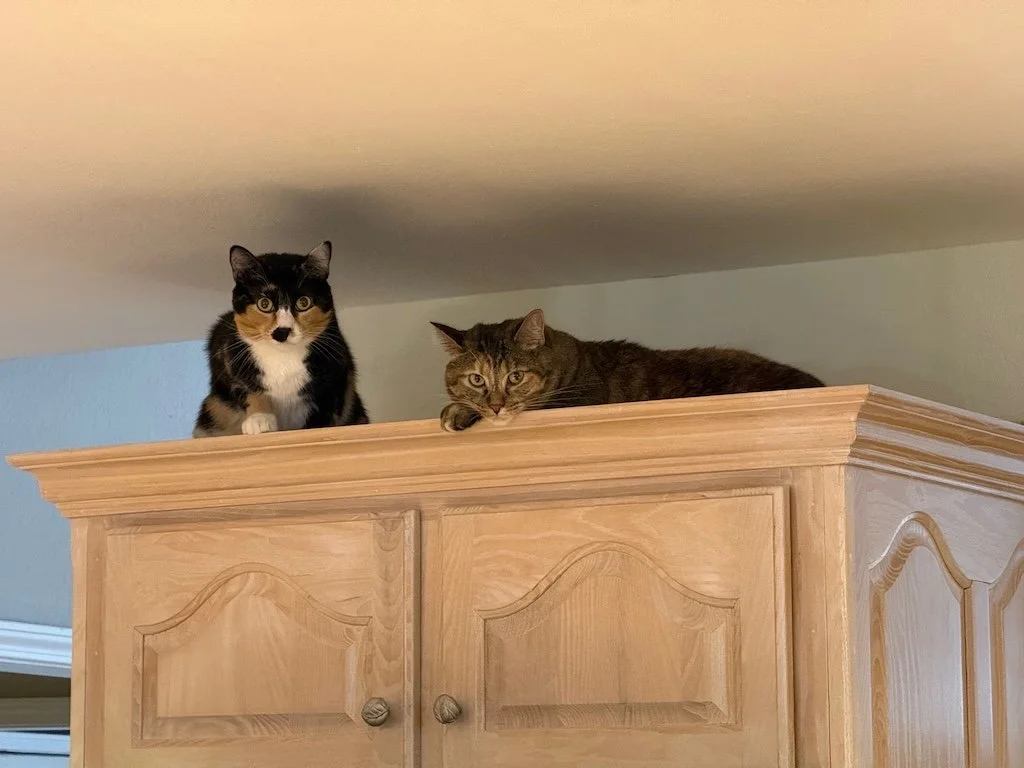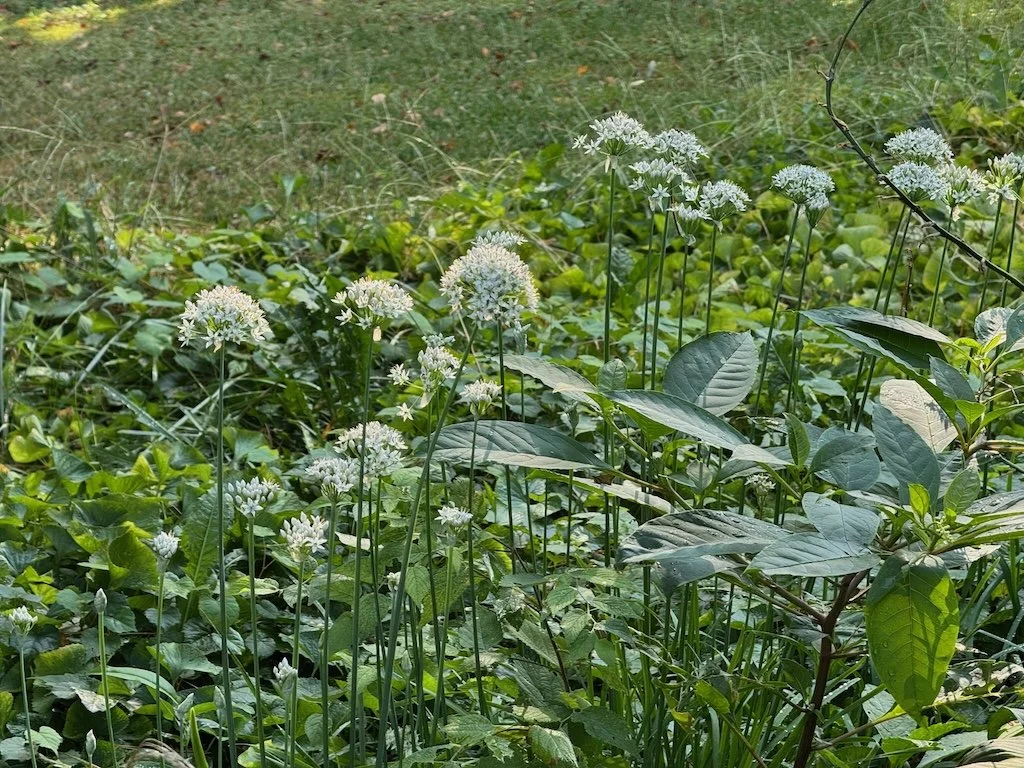Gleanings of the Week Ending June 22, 2024
/The items below were ‘the cream’ of the articles and websites I found this past week. Click on the light green text to look at the article.
Life in a heat dome: The American West is figuring out how to keep cool – Summer in US cities…strategies to mitigate the hotter temperatures caused by climate change.
Statins for heart disease prevention could be recommended for far fewer Americans if new risk equation is adopted – Not a lot of details in this article although I have suspected for some time that statins were being over-prescribed.
10 States Where the Gas Tax Is Highest – This post prompted me to compare gas taxes in the states I drive through to on my frequent road trips to Dallas (Missouri, Oklahoma, and Texas)…and the decision to always buy the tank of gas required in each direction in Oklahoma!
Creating a throw-away culture: How companies ingrained plastics in modern life – Aargh! Despite growing public pressure, companies increased their use of new plastic by 11% between 2018 and 2022!
What happens when you take too much caffeine - When we consume caffeine, it's quickly absorbed into our bloodstream, where it out-competes adenosine by preventing it from connecting to these receptors and doing its job to make us feel tired. This is why consuming caffeine can make us feel more awake and alert. Caffeine can also boost levels of other neurotransmitters like dopamine and adrenaline, which can make you feel more stimulated. Research has associated caffeine consumption with up to a 60% reduced risk of developing Alzheimer's. One explanation for this is that caffeine improves blood flow to the brain. While caffeine enters the gut quite quickly, its effects can take hours to wear off. Scientists recommend having your last 'dose' of caffeine eight hours and 48 minutes before you go to bed.
Why do 1 in 10 Americans get eczema? Is it too much salt? - Eczema, also known as atopic dermatitis, is a chronic disease that causes dry, itchy skin. It's one of the most common skin conditions, affecting more than 31 million people in the U.S., and one in 10 people will develop it at some point. It has become increasingly common in recent years, especially in industrialized countries, implicating environmental and lifestyle factors like diet.
A fierce battle is being fought in the soil beneath our feet – and the implications for global warming are huge - In some parts of the world, increased CO₂ means tiny bugs in the soil “hold onto” their phosphorus, making less available for trees.
Rock Art Found in This Saudi Arabian Cave Offers ‘Rare Glimpse’ Into Ancient Human Life – Sheep, ibex, and goats on the walls of a lava tube.
Depressive symptoms may hasten memory decline in older people – 16 years of data from 8,268 adults with an average age of 64. This study shows that the relationship between depression and poor memory cuts both ways, with depressive symptoms preceding memory decline and memory decline linked to subsequent depressive symptoms. So – interventions to reduce depressive symptoms might slow memory decline.
D-Day shipwrecks were a WW2 time capsule – now they are home to rich ocean-floor life – 80-year-old wrecks that line the coasts of Britain and France…reclaimed by sea life.













